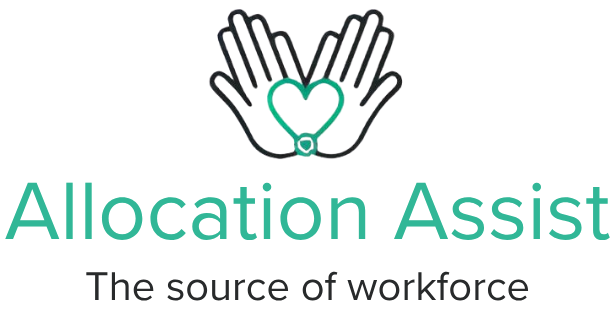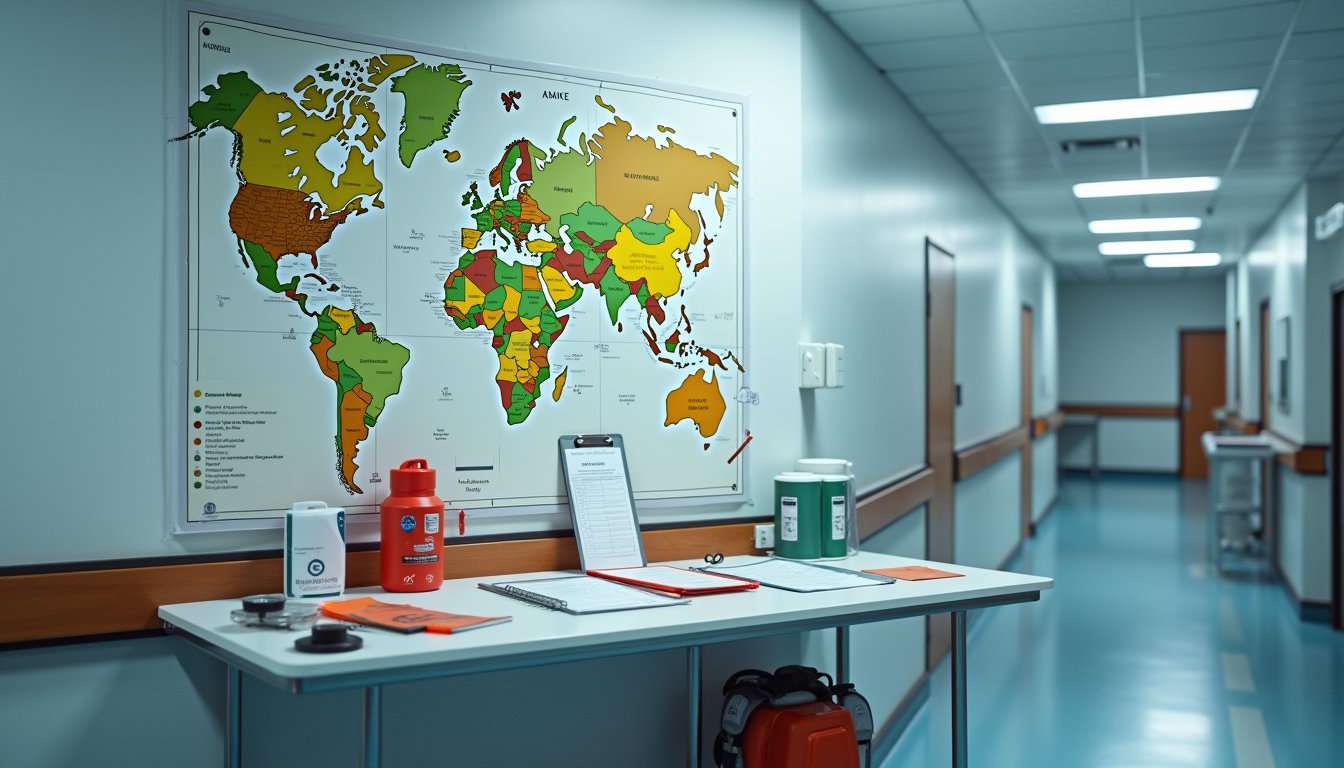You’ll need to watch for five critical warning signs of healthcare worker burnout heading into 2025: heightened exhaustion levels affecting 57.6% of primary care physicians, gender-specific burnout impacting 47.2% of women doctors, documentation burdens consuming up to 50% of clinical time, severe staffing shortages reported by 49% of organizations, and persistent post-pandemic stress levels 16.4% above pre-crisis baselines. Understanding these indicators can help prevent the next wave of healthcare worker mental health challenges.
The Growing Mental Health Crisis Among Primary Care Physicians

While primary care physicians form the backbone of the U.S. healthcare system, they’re experiencing an unprecedented mental health crisis that threatens both the medical workforce and patient care. Over half report burnout symptoms, with a third planning to leave practice within three years, primarily due to deteriorating work-life balance and depleted emotional resilience. Team-based care models could significantly reduce physician workload and prevent burnout. With 57.2 million visits annually to physician offices for mental health disorders, the strain on primary care providers continues to intensify.
You’ll find younger physicians particularly vulnerable, showing higher emotional distress rates than their international counterparts. The crisis stems from crushing administrative burdens, moral distress from systemic inequities, and overwhelming patient loads. These factors lead to emotional exhaustion, depersonalization, and diminished sense of accomplishment. The implications are severe projected shortages of 68,020 primary care physicians by 2036, increased healthcare costs from turnover, and compromised quality of care, especially in underserved areas.
Silent Struggle: Gender Disparities in Healthcare Worker Burnout
Although gender disparities in healthcare have long persisted, recent data reveals a stark burnout crisis disproportionately affecting women healthcare workers. You’ll find that 47.2% of women physicians report burnout compared to 38.9% of men, while workplace inequities compound these challenges. Women shoulder additional burdens through unpaid organizational citizenship behaviors and emotional labor, yet only 25% of companies recognize these contributions in evaluations. Women physicians also report experiencing significant job stress at a rate of 49.9% compared to 40.2% of men. Women physicians face unique challenges including dual-career dynamics and limited childbearing years that intensify work-life pressures.
The impact of this silent struggle manifests in concerning statistics: 29.1% of women physicians plan to leave their roles, and emotional exhaustion rates remain consistently higher than their male counterparts. For Black women physicians, the situation is particularly acute, with 60% experiencing workplace racial trauma. These intersectional stressors create a complex web of challenges that threatens both individual well-being and healthcare workforce diversity. With nurses experiencing a staggering 62% burnout rate, the healthcare sector faces unprecedented challenges in maintaining workforce stability.
Breaking Point: Administrative Overload and Documentation Burdens

Despite significant technological advances in healthcare, administrative overload has reached critical levels, with physicians now spending nearly half their work hours on non-clinical tasks. You’ll notice administrative fatigue manifesting through increased workflow bottlenecks, missed appointments, and documentation stress that costs the industry $150 billion annually. The pandemic-era burnout has dramatically worsened this situation, leading to increased administrative errors and delays. Studies show that missed appointments account for nearly 30% of all scheduled visits.
The burden of complex compliance requirements and insurance verifications is creating a perfect storm. The World Health Organization predicts a global shortfall of 10 million healthcare workers by 2030. You’re facing system interoperability challenges that force manual data entry, while documentation stress continues to mount as reimbursement processes demand extensive paperwork. When you’re managing these administrative duties, they’re consuming 30-50% of your clinical workday, directly impacting patient care quality. The consequences are clear: escalating wait times, communication breakdowns, and fractured care continuity in already understaffed facilities.
The Ripple Effect of Staff Shortages on Professional Well-being
As healthcare organizations grapple with widespread staffing shortages, the ripple effects on professional well-being have reached alarming levels. You’ll find that increased patient-to-staff ratios are driving burnout rates to unprecedented heights, with 39.8% of healthcare workers experiencing severe exhaustion in 2022. Professional stress has shown improvement since the pandemic peak, dropping from 32.0% in 2020 to 21.4% in 2023. High-stress departments like intensive care units continue to face significant pressure. Workplace violence and harassment contribute to rising levels of emotional distress among frontline staff.
The impact on staff morale is particularly evident in primary care, where burnout rates have soared to 57.6%. You’re facing a dangerous cycle: understaffing leads to longer hours and heavier administrative burdens, which compromises patient safety and cognitive focus. With 49% of organizations reporting insufficient staffing, you’re witnessing a retention crisis that perpetuates these challenges. The strain manifests in reduced error detection, increased absenteeism, and deteriorating psychological resources, creating an unsustainable environment that threatens the future of healthcare delivery.
Post-Pandemic Stress: Long-term Psychological Impact Assessment

While healthcare workers have shown remarkable resilience throughout the pandemic, the data reveals concerning long-term psychological impacts that persist well into 2023. You’ll notice burnout levels remain 16.4% above pre-pandemic rates, despite stress levels dropping from 32.0% to 21.4%. This disconnect between stress reduction and burnout recovery signals deeper psychological challenges. Registered nurses consistently show elevated burnout compared to many physician specialties. Survey data indicates that staffing shortages were identified as a primary contributor to workplace stress and burnout.
The evidence points to telework benefits as a protective factor, with remote workers experiencing considerably lower burnout rates (26.2%-37.7%) compared to onsite staff (30.5%-40%). Yet, systemic issues persist particularly in high-stress departments like ICU and emergency medicine. Primary care physicians face especially severe challenges with burnout reaching 57.6% in 2022. What’s most concerning is that 79.2% of healthcare workers experienced pandemic-related burnout, with studies highlighting heightened suicide risk. These findings underscore the urgent need for targeted mental health interventions.
Frequently Asked Questions
How Do Burnout Rates Vary Between Rural and Urban Healthcare Settings?
You’ll find that burnout rates between rural and urban healthcare settings show some surprising patterns. While rural challenges include severe staffing shortages (30 vs 263 physicians per 100k) and heavier workloads, recent data shows lower burnout rates in rural settings (39%) compared to urban areas (45%). Urban pressures like poor leadership and workplace violence contribute to higher burnout, though both settings face EMR demands and chaotic environments.
What Role Does Patient Satisfaction Play in Healthcare Worker Stress Levels?
Patient satisfaction creates a complex feedback loop in healthcare worker stress levels. When you’re providing care, constant pressure to maintain high patient satisfaction scores increases your emotional labor, especially as negative patient feedback can directly impact job evaluations. Research shows that managing patient expectations while dealing with understaffing creates additional stress, and unfavorable patient feedback correlates with higher burnout rates among healthcare workers. This cyclical relationship ultimately affects care quality.
How Effective Are Mindfulness Programs in Preventing Healthcare Worker Burnout?
Research shows you’ll find mindfulness techniques highly effective at preventing burnout, particularly in reducing emotional exhaustion and perceived stress. You’ll experience significant benefits through 8-week structured programs, which consistently demonstrate stress reduction across healthcare roles. While you’ll see stronger results in managing emotional exhaustion, you might notice less impact on depersonalization. For best outcomes, you’ll need consistent engagement with daily practice and follow-up support after program completion.
Do Night Shift Workers Experience Different Burnout Patterns Than Day Shift Staff?
Yes, you’ll find distinct burnout patterns in night shift workers compared to day staff. Research shows they experience more severe burnout due to disrupted circadian rhythm, which triggers higher anxiety and depression rates. You’re looking at 46% burnout rates among night shift healthcare workers, with particularly concerning numbers for medical residents (51%) and physicians (80%). The impact intensifies when you work five or more night shifts weekly, leading to greater cognitive impairment and social isolation.
What Impact Does Healthcare Worker Age Have on Burnout Susceptibility?
You’ll find clear age disparities in healthcare burnout patterns, with younger workers (25-34) experiencing peak burnout nearly two decades earlier than the population average. Generational differences show that you’re most vulnerable early in your career, especially if you’re under 35 and working remotely. You’ll notice that younger healthcare professionals face 56% higher stress from workloads, while interventions like mental health training and supportive management prove more effective for this demographic.









